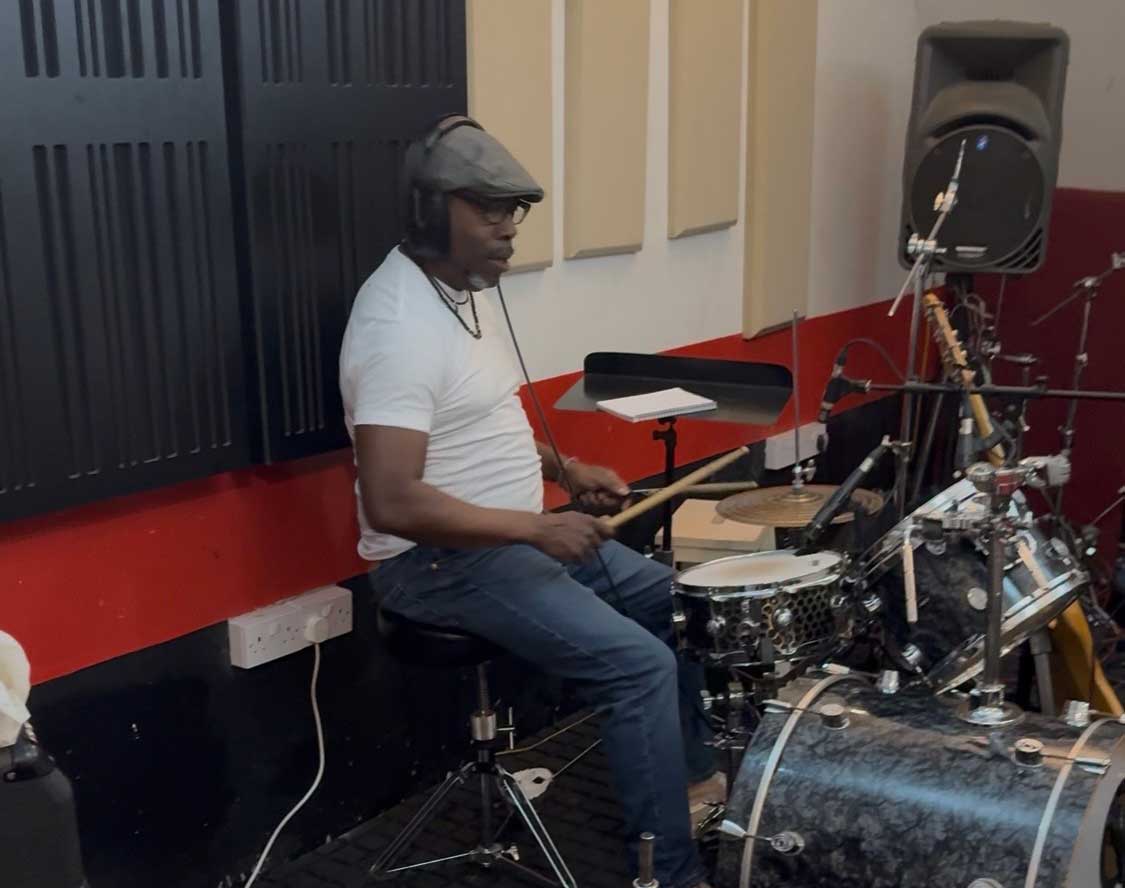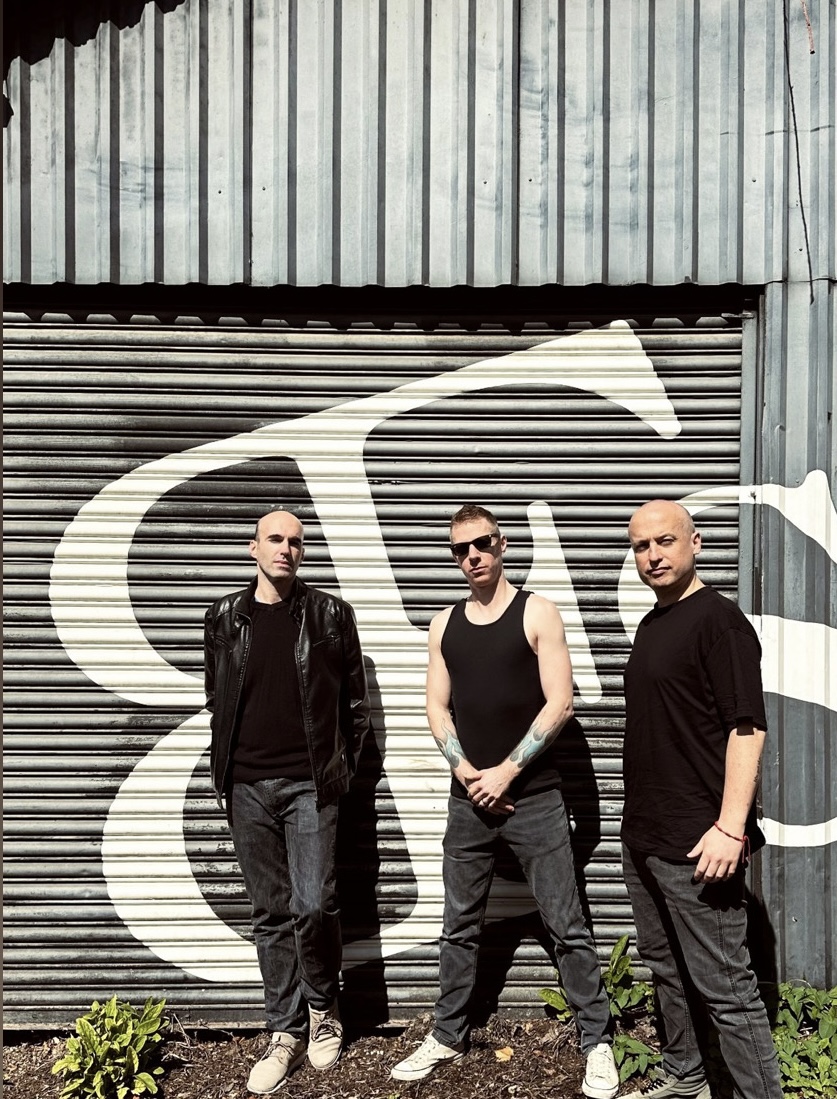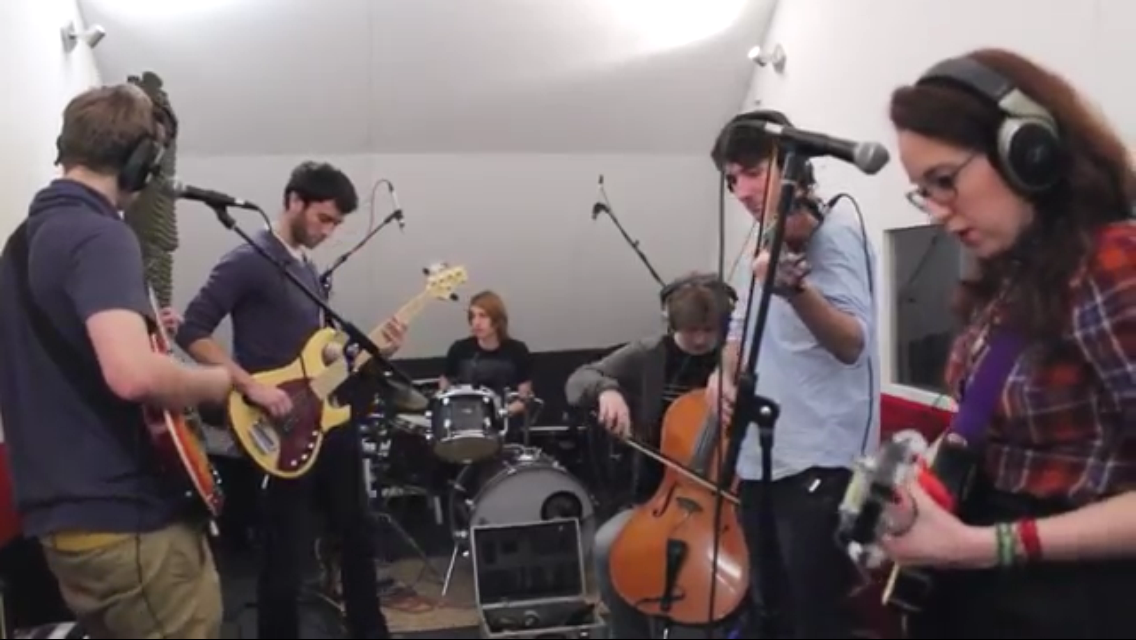
How Does Digital Music Distribution Work?
Today, making a song available to listeners all over the world is as easy as uploading a file on the internet. So, why is there still a need for the distribution intermediary: can’t the artist just, you know, “Do It Yourself”? Well, not really. The distributors are still an integral part of the recording chain, taking upon themselves three core roles:

1. Distributing Releases to DSPs (Digital Service Provider)
Sure, there are genuinely “direct artist platforms” out there like Bandcamp or SoundCloud. They don’t require a distributor: set up the artist page, upload your music — and you’re good to go. However, they are just a fraction of the plethora of digital distribution resources, from streaming services of Spotify, Apple Music, Deezer, Google Play Music, Pandora and Tidal to social media platforms like Instagram, TikTok, Facebook, and everything in between. In today’s digital environment, a well-oiled tech pipeline is a must to make sure that the release will be available to (1) all your listeners, (2) across all platforms, and (3) on the day of the release.
In fact, most of the DSPs out there don’t allow for direct music upload at all, forcing the artist to go through distributors/aggregators
2. Royalties Allocation
The second core role of a distributor is allocating the royalties due back to the rights owners. As the music market turned digital, straightforward “deliver a batch of CDs to the store and get paid” deals were replaced by a flexible payout system.
In the world of streaming, music consumption and purchase are inseparable — and the right owners now earn money the very moment the user press play.
Either way, the royalty calculation is complicated as is — now, imagine if Spotify, Amazon Music or Apple had to pay out those royalties directly to every single artist on the platforms. Even if they’d managed to get all the metadata and banking details correctly, the administrative costs would go through the roof. Besides, the right owners themselves wouldn’t be all too excited about getting their pay separately from each of the digital platforms.
So, the distributors fill that gap, serving as a sorting plant for royalties floating from DSPs to rights owners.
3. Distribution Strategy and Marketing
A person pulls up Spotify, navigates to the browse section, clicks on “New Music Friday” and presses play. The track that plays is the #1 song of the week and this it is the “record that every customer will see” — the 21st-century twin of the premium record store shelf. This spot is the end goal of any modern distribution strategy.
Now, how do you get there? Streaming has made the fragmented music market of record stores much more centralized. A handful of DSPs dominates the digital market — and, even though some of the streaming giants are putting their algorithms forward as mediators of music discovery on the platform, the most popular playlists and the “feature spots” are still curated by service’s editorial team.
So, to get that desired distribution push, the artist needs to go through them. However, the editorial team can’t speak to thousands of artist managers and indie labels every week — just like streaming services can’t distribute royalties directly to rights owners. The scope of their operation simply doesn’t allow it. Pitching to DSPs to ensure beneficial placement on the platform is challenging even for the biggest independent labels — simply because they lack the scope of the catalogue.






